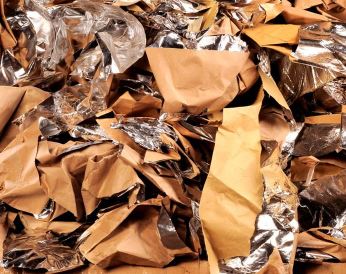In today's fast-paced world, the concept of durability is often associated with tangible goods like electronics, furniture, or vehicles. However, have you ever wondered whether milk, a perishable product, can be classified as a non-durable good? In this blog post, we will delve into the intriguing topic of milk's durability, exploring its shelf life, storage methods, and the factors influencing its longevity. By the end, you will gain a comprehensive understanding of milk's durability and how it fits into the realm of non-durable goods.
- Defining Durability in the Context of Goods:
Before we dive into the specifics of milk, let's establish a clear understanding of the term durability in relation to goods. Durability refers to the ability of a product to withstand wear, decay, or obsolescence over an extended period. Typically, non-durable goods are consumed or used up within a short timeframe, while durable goods have a longer lifespan. - The Shelf Life of Milk:
Milk is undoubtedly a perishable product, but it does possess a certain shelf life. The shelf life of milk depends on various factors, including the type of milk, processing methods, packaging, and storage conditions. Generally, pasteurized milk has a shelf life of about 7-10 days when stored properly in a refrigerator. However, ultra-pasteurized or UHT (Ultra-High Temperature) milk can last up to several months if unopened and stored in a cool, dark place. - Factors Influencing Milk's Longevity:
To understand why milk is considered a non-durable good, we must examine the factors that affect its longevity: a. Temperature: Milk is highly sensitive to temperature fluctuations. Exposure to higher temperatures accelerates bacterial growth, leading to spoilage. Proper refrigeration is crucial to extend milk's shelf life. b. Light: Milk is susceptible to light-induced degradation. Exposure to direct sunlight or artificial light sources can cause vitamin loss and off-flavors. Storing milk in opaque containers or refrigerators helps mitigate this issue. c. Microorganisms: Milk contains natural bacteria that can multiply rapidly if not stored correctly. Contamination from external sources can also introduce harmful bacteria. Maintaining proper hygiene and using airtight containers are essential to prevent spoilage. - Storage Methods to Enhance Milk's Durability:
To maximize milk's durability, consider the following storage methods: a. Refrigeration: Storing milk at temperatures below 4°C (39°F) significantly slows down bacterial growth, extending its shelf life. Ensure the refrigerator is set to the appropriate temperature and store milk away from strong-smelling foods to prevent flavor absorption. b. Freezing: If you have excess milk, freezing can be a viable option. However, freezing alters the texture and taste of milk. It is advisable to consume frozen milk within a few months for optimal quality. c. Proper Packaging: Milk should be stored in airtight containers to prevent exposure to air, moisture, and light. Consider transferring milk to smaller containers to minimize air contact each time you open it.
Conclusion:
While milk is indeed a perishable product, its durability can be enhanced through proper storage methods and understanding the factors influencing its longevity. By adhering to recommended storage practices, you can extend milk's shelf life and minimize wastage. Remember, even though milk falls under the category of non-durable goods, it remains an essential and versatile ingredient in our daily lives.

